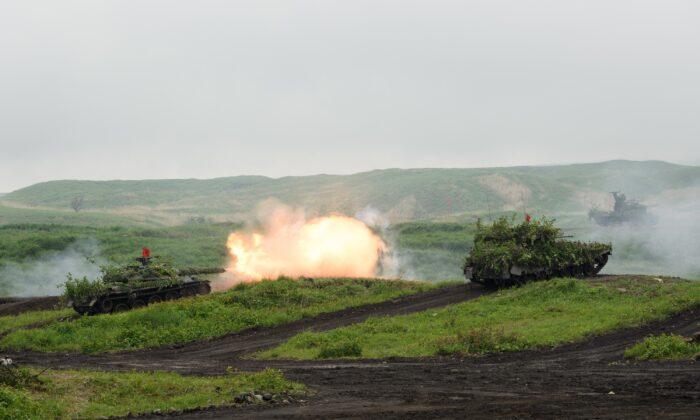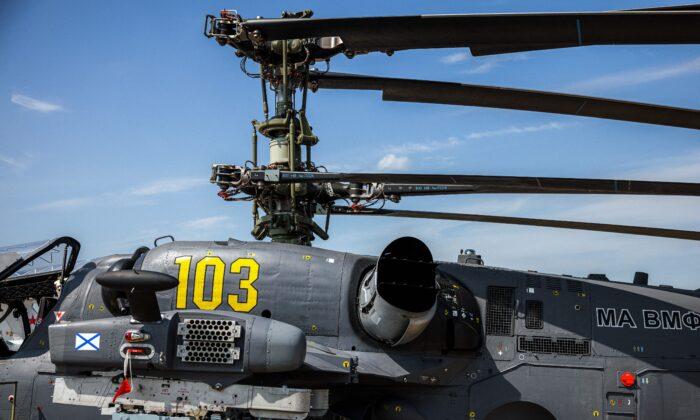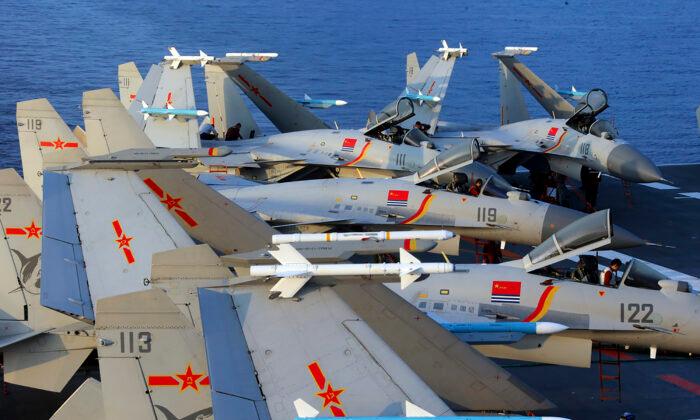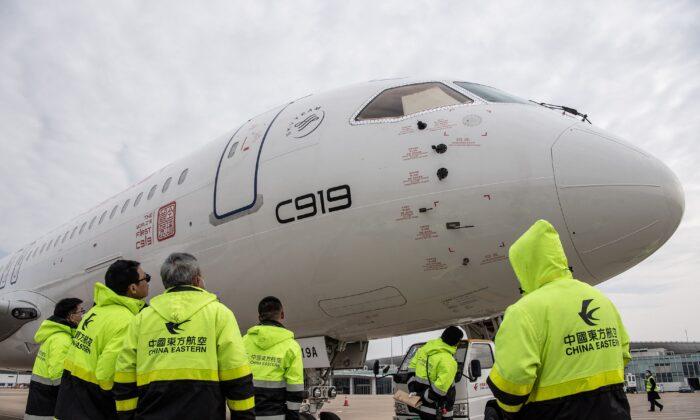There is a school of thought that international relations is a zero-sum game: if you’re winning, then I’m losing. Nowhere is this more apropos than in the case of the U.S. withdrawal from Afghanistan.
According to this zero-sum argument, the “loser”—the United States—is obvious. But who is the winner? The Taliban, of course, but what other countries also stand to gain by America’s Afghan exit?
It is increasingly posited that China could be a winner in all of this. This begs the question, however, of how the U.S. withdrawal constitutes a “win” for Beijing.
To a certain extent, the geopolitical vacuum left behind by the United States creates a natural opening for the Chinese Communist Party (CCP) to swoop into Afghanistan and Central Asia. The CCP has obvious interests in the area.

These are just a few items on the CCP’s wish list. But what can it do for the Taliban in return?
The potential economic benefits of major infrastructure investments like railroads are self-evident. In the short term, however, China’s biggest contributions to the Taliban could be mainly military and security related.
At the same time, there are still a lot of ex-Russian equipment in the Afghan inventories left over from the Soviet occupation, particularly Mi-17 “Hip” helicopters, T-55 tanks, and AK-47 assault rifles.
But here is where China could make itself very attractive to the Taliban. Beijing could offer to maintain and repair equipment in the Afghan arsenal, train soldiers and pilots, and support the Taliban with intelligence and logistics. China already builds Mi-17s under license from Russia, and it could upkeep ex-Soviet tanks and armored vehicles. It also flies civilian versions of the Blackhawk and might be able to help maintain those helicopters in Afghanistan.
China could also supply mortar rounds, artillery shells, and ammunition, all compatible with Russian equipment.
Finally, China could reap a technological bonanza by accessing U.S. weaponry. Much of the equipment used by Afghan security forces weren’t that high-tech, and the Chinese probably already possess weapons of comparable quality. Still, there are likely a few pieces of equipment left behind that China could mine for technology.
One of these is the Wolfhound, a mobile, lightweight, and ruggedized radio direction-finding system. It is designed for ease-of-use in the field and is highly accurate.

Another is the ScanEagle unmanned aerial vehicle (UAV). Of course, the Chinese military already operates several UAVs, but the ScanEagle is a compact and long-endurance vehicle, capable of austere basing on land and even being fitted to small ships.
All this, of course, highlights the dilemma of oversea arms sales: Be mindful who you export to, because your weapons may end up in the hands of your enemies.





